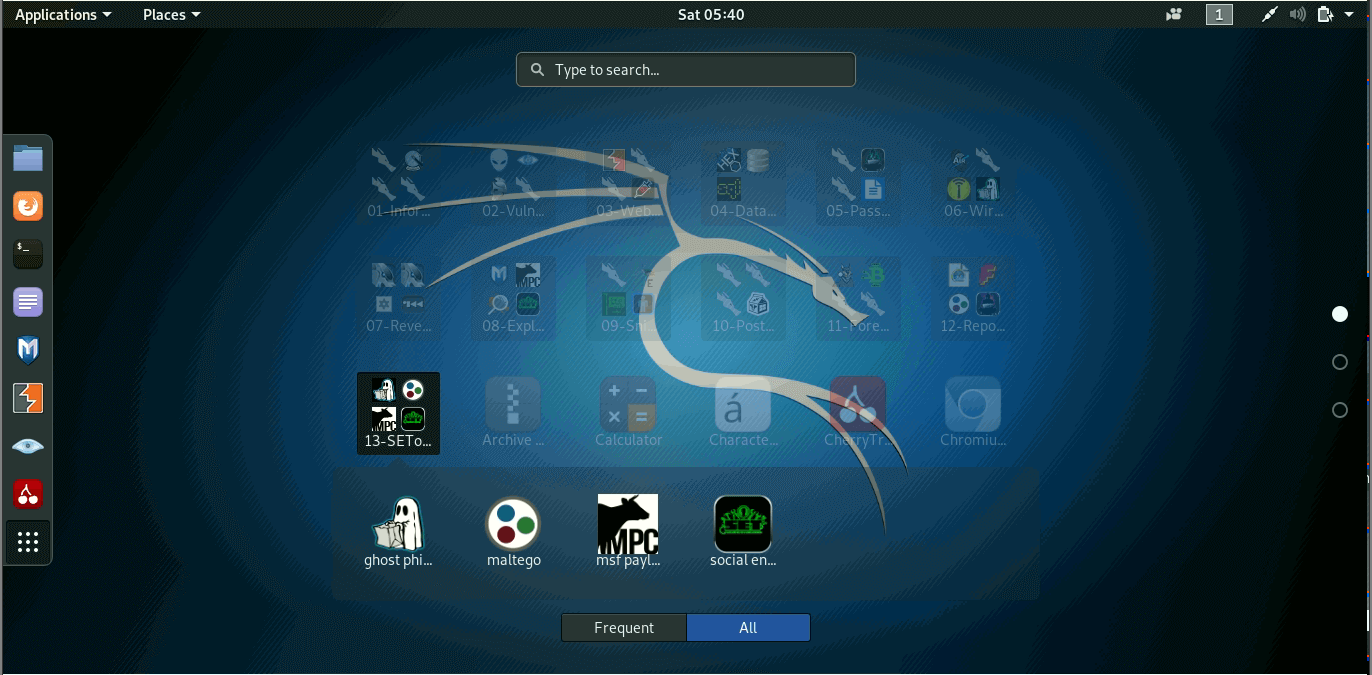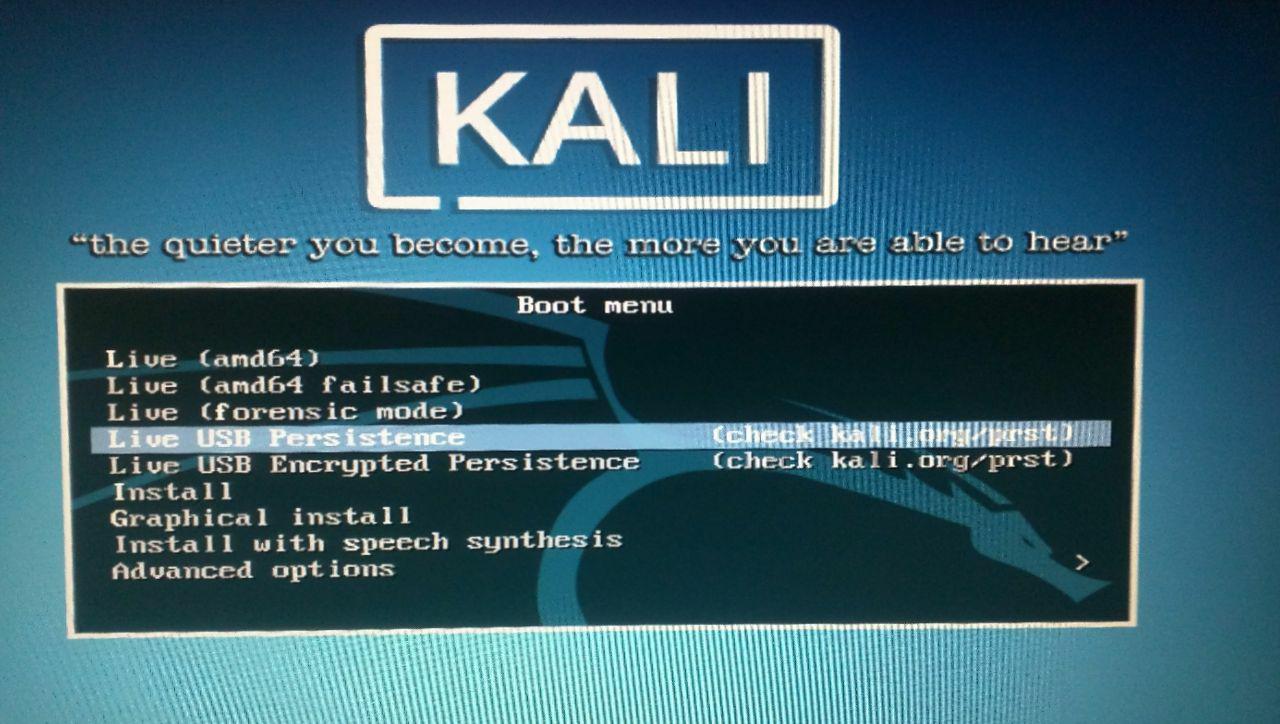
- Kali linux disassembler how to#
- Kali linux disassembler install#
- Kali linux disassembler code#
Calling execve runs a program pointed to by the filename in its function argument. execve is the first system call that was logged. Strace logged every system call that happened, starting from when it was being executed by the system. Here's the result of running strace on our hello world program: Strace is another tool we can use, but this logs system calls. The address 0x804840b is also the address of the main function listed in the disassembly results. It also received an exit status of 13 when the program terminated. ltrace logged library functions that the program called and received.
Kali linux disassembler code#
The output of ltrace shows a readable code of what the program did. We're introducing ltrace, strace, and gdb for this reversing activity. There are a few tools that are usually pre-installed in Linux that can be used to display more detailed information.

Remember that dynamic analysis should be done in a sandbox environment.
The program is expected to display the message using puts. ěased on the disassembly code, the program is expected to simply show a message. The code uses common Linux libraries: libc.so and ld-linux.so. It has 15 executable functions, including the main() function. What have we gathered so far?Īssuming we don't have any idea of the source code, this is the information we have gathered so far: Essentially, puts is used for non-formatted strings, while printf is used for formatted strings. A formatting string, or formatter, contains control characters, which are denoted with the % sign, such as %dfor integer and %s for string. GCC was smart enough to choose puts over printf for the reason that the string was not interpreted as a C-style formatting string. The puts API is also a version of printf. And, since this is a GCC-compiled program, we can skip all the initialization code and head straight to the main function where our code is at: The disassembly of our code is usually at the. In summary, there were a total of 15 functions from executable sections: Disassembly of section. The result shows the disassembly code of each function. The output should give us this disassembly result: To get an Intel syntax, we need to use the -M intel parameter, as follows: objdump -M intel -d hello > disassembly.asm What we see here is the AT&T disassembly syntax. If you notice, the disassembly syntax is different from the format of the Intel assembly language that we learned. The output file, disassembly.asm, should contain the following code: You might need to pipe the output to a file using this command line: objdump -d hello > disassembly.asm Using the -d parameter of the objdump command, we should be able to show the disassembly of the executable code. The rest are placed there by the compiler itself, as part of its code that prepares and ends the graceful execution of our code.ĭisassembly in Linux is just a command line away. We only know of a few bits of text that we placed in our C code. The last portion of the list contains names of sections of the file. The first two lines also show what libraries are used by the program: /lib/ld-linux.so.2 The first portion of the list contained our message and the compiler information. The strings are listed in order from the start of the file. This command will produce something like the following output: /lib/ld-linux.so.2 Next stop, let's take a quick look at text strings with the strings command: ELF files are native executables on Linux platforms. dlroW olleHĪs an example of good practice, the process of reversing a program first needs to start with proper identification. The hello file is our Linux executable that displays a message in the console. To compile and run the program, use the following commands: You can use vim as your text editor by running vi from the Terminal. 
Open any text editor and type the lines of following code, saving it as hello.c: #include The C program compiler, gcc, is usually pre-installed in Linux.

Kali linux disassembler install#
This may require you to enter your super user password: sudo apt install gcc Open a Terminal and enter the following command. Before anything else, we need to make sure that the tools required to build it are installed. To begin with, let's create a hello world program.
Kali linux disassembler how to#
This article will discuss how to reverse an ELF file by exploring the reversing tools. Learn how to reverse engineer a Linux executable – hello world in this article by Reginald Wong, a lead anti-malware researcher at Vipre Security, a J2 Global company, covering various security technologies focused on attacks and malware.Ī lot of our tools work great in Linux.







 0 kommentar(er)
0 kommentar(er)
